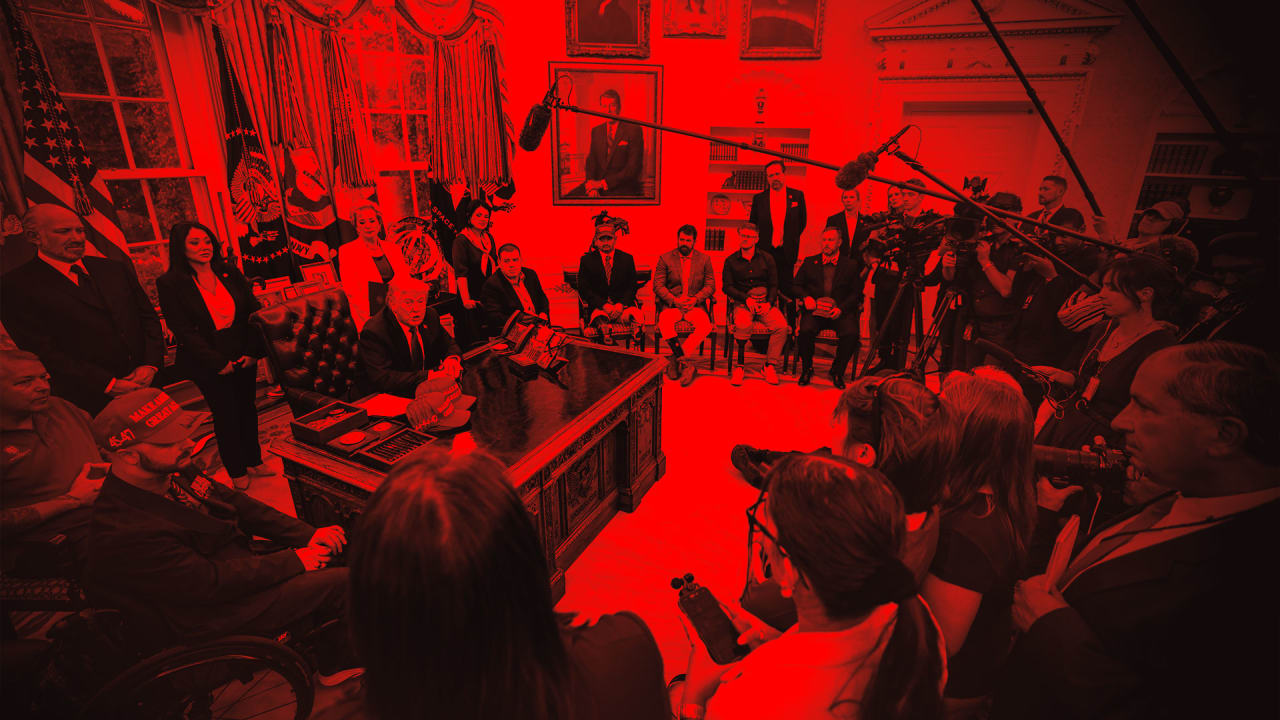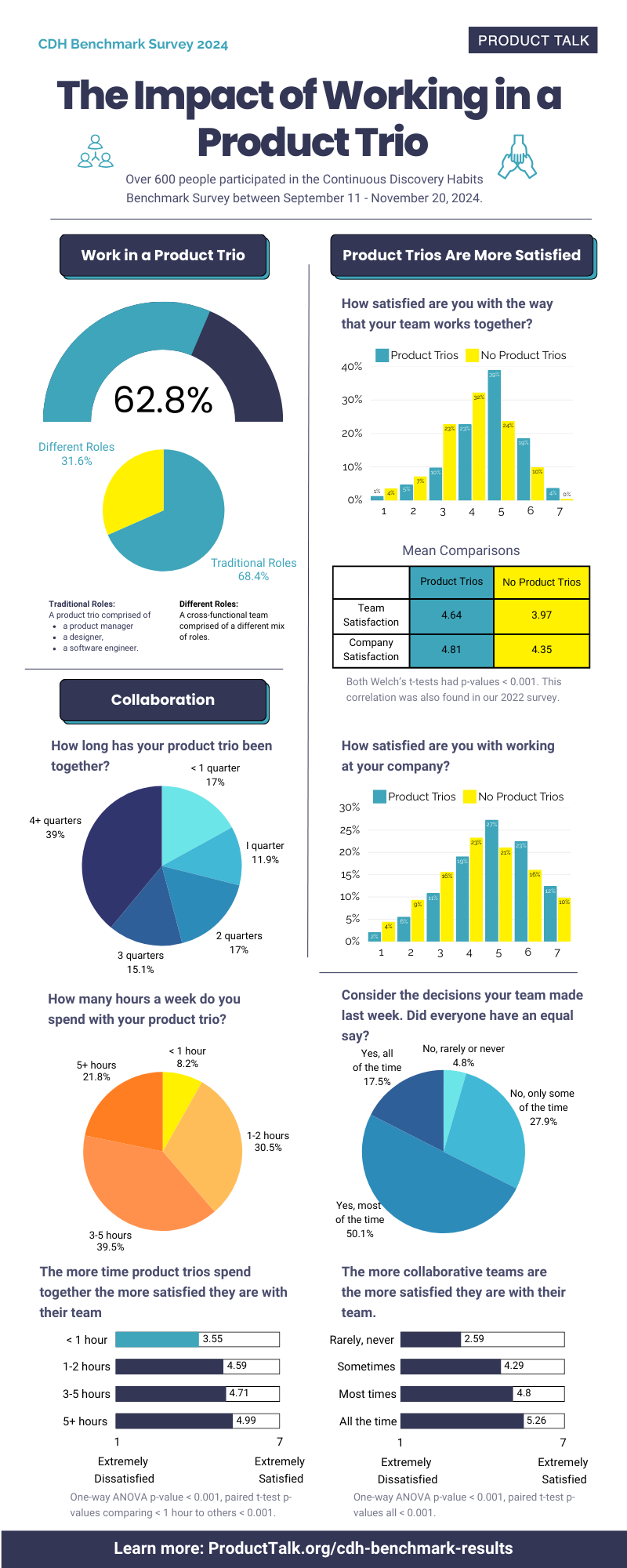How to track President Trump’s executive orders over his first 100 days in office
On Tuesday, President Donald Trump’s second term reached its first 100 days milestone, marked by a sweeping wave of executive orders promising to reshape the American government with immediate actions. Since taking office on January 20, Trump signed 137 executive orders (published in the Federal Register as of Monday), addressing everything from immigration and tariffs, to higher education and government spending. Navigating the head-spinning flood of executive orders and their impact can be a complex task, so Fast Company took a closer look at Trump’s executive orders in his first 100 days and found reliable trackers to keep up. What is an executive order? Executive orders are written presidential directives, which order a specific action pertaining to the federal government and are signed by the current president. Since the country’s founding, all presidents have signed at least one executive order, and such directives have become a more regular action in recent administrations. Trump’s first 100 days in context In a little over three months, Trump has signed just 25 fewer executive orders than his predecessor Joe Biden signed in the span of his four-year term. In their first 100 days in office, former presidents Barack Obama and Joe Biden signed 19 and 42 executive orders respectively. Trump’s executive orders by topic Fast Company categorized President Trump’s executive orders by the topics they covered: economy, energy, environment, government, health, social issues, tech, DEI, and other. Many of the executive orders could fit into more than one category, yet they were labeled based on the best fit. The analysis found that the largest category was executive orders relating to the government, with around 24.8% of EOs focused on government spending or regulating and deregulating various government bodies. This was followed by economy-related orders, which amounted to 21.9% of all executive orders, primarily pertaining to Trump’s on-again-off-again tariffs. Executive orders also related to the environment, health, higher education, and DEI. How to track Trump’s executive orders Amid the chaos, various organizations are offering online tracking tools to better understand the mass executive orders and their impact. Presidential executive orders are officially published on the Federal Register, the federal government’s official journal. Its website offers all the executive orders by president since 1937, with PDF versions of the original documents. The White House also publishes the signed executive orders once they are announced. CNN’s “Tracking Trump’s executive actions” index tracks all of Trump’s executive orders and provides a visualization based on topic category. This tracker also offers a search engine based on the categories. The American Presidency Project, a UC Santa Barbara initiative, tallies the amount of executive orders enacted by presidents, although it is not immediately updated. The Akin Trump Executive Order Tracker is a searchable tool that analyzes the impact of the executive orders and breaks them down for easier undertsanding. The Congressional Black Caucus Foundation executive order tracker utilizes check-boxed filters to search for executive orders, and provides access to fact sheets and analysis on the impact on Black Americans.

On Tuesday, President Donald Trump’s second term reached its first 100 days milestone, marked by a sweeping wave of executive orders promising to reshape the American government with immediate actions.
Since taking office on January 20, Trump signed 137 executive orders (published in the Federal Register as of Monday), addressing everything from immigration and tariffs, to higher education and government spending.
Navigating the head-spinning flood of executive orders and their impact can be a complex task, so Fast Company took a closer look at Trump’s executive orders in his first 100 days and found reliable trackers to keep up.
What is an executive order?
Executive orders are written presidential directives, which order a specific action pertaining to the federal government and are signed by the current president. Since the country’s founding, all presidents have signed at least one executive order, and such directives have become a more regular action in recent administrations.
Trump’s first 100 days in context
In a little over three months, Trump has signed just 25 fewer executive orders than his predecessor Joe Biden signed in the span of his four-year term.
In their first 100 days in office, former presidents Barack Obama and Joe Biden signed 19 and 42 executive orders respectively.
Trump’s executive orders by topic
Fast Company categorized President Trump’s executive orders by the topics they covered: economy, energy, environment, government, health, social issues, tech, DEI, and other. Many of the executive orders could fit into more than one category, yet they were labeled based on the best fit.
The analysis found that the largest category was executive orders relating to the government, with around 24.8% of EOs focused on government spending or regulating and deregulating various government bodies.
This was followed by economy-related orders, which amounted to 21.9% of all executive orders, primarily pertaining to Trump’s on-again-off-again tariffs.
Executive orders also related to the environment, health, higher education, and DEI.
How to track Trump’s executive orders
Amid the chaos, various organizations are offering online tracking tools to better understand the mass executive orders and their impact.
- Presidential executive orders are officially published on the Federal Register, the federal government’s official journal. Its website offers all the executive orders by president since 1937, with PDF versions of the original documents.
- The White House also publishes the signed executive orders once they are announced.
- CNN’s “Tracking Trump’s executive actions” index tracks all of Trump’s executive orders and provides a visualization based on topic category. This tracker also offers a search engine based on the categories.
- The American Presidency Project, a UC Santa Barbara initiative, tallies the amount of executive orders enacted by presidents, although it is not immediately updated.
- The Akin Trump Executive Order Tracker is a searchable tool that analyzes the impact of the executive orders and breaks them down for easier undertsanding.
- The Congressional Black Caucus Foundation executive order tracker utilizes check-boxed filters to search for executive orders, and provides access to fact sheets and analysis on the impact on Black Americans.




























































































![Building A Digital PR Strategy: 10 Essential Steps for Beginners [With Examples]](https://buzzsumo.com/wp-content/uploads/2023/09/Building-A-Digital-PR-Strategy-10-Essential-Steps-for-Beginners-With-Examples-bblog-masthead.jpg)





































